Start your journey here
Make positive changes to your daily diet and health, find a test thats right for you.
Gluten is the name given to a protein found in all wheat, rye, barley and oat products. It acts like a binder in food, giving it elasticity and a springy feel. It is found in all produce which uses wheat, rye, barley or oats such as bread and bread products, pasta, biscuits, crackers, cereal, muesli, cakes and pastries. It can also be found in beer, ale, lager, soups and processed products.
A gluten intolerance, also known as gluten sensitivity or non-celiac gluten sensitivity, is when your body struggles to digest or metabolise gluten, which results in unpleasant, uncomfortable or painful symptoms.
There is some crossover with celiac disease, which can have similar symptoms to an intolerance. However, the key difference is that celiac disease is caused by the immune system and can have a long-lasting impact on the body.
While it’s often possible for someone to have an intolerance or an allergy to certain types of food, this isn’t the case when it comes to gluten. You most definitely can have a gluten intolerance, but you can’t have an allergy to it. If your symptoms are more in line with an allergy rather than an intolerance, you may have an allergy to another type of food, such as wheat. A wheat allergy or intolerance is commonly mistaken for a gluten intolerance, but there are key differences.
Gluten is actually a fairly common intolerance, with up to 6% of people around the world thought to have it. This is in addition to those who have celiac disease or wheat intolerance.
If you have symptoms after eating food that contains gluten, you may have an intolerance. Here’s our gluten intolerance symptoms checklist so you can see if this is what you experience whenever you eat food containing gluten:
Because so many different types of food contain gluten – from bread to sauces – it can have a big impact on your diet, including eating out. However, because gluten intolerance is so common, there’s a huge range of alternatives available which means you can continue to enjoy all your favourites.
The important change to make is that you’ll need to pay close attention to product labels to ensure what you buy doesn’t contain gluten. You might be surprised by just how easy making that change can be.
We’ve already mentioned how many gluten-free alternatives are available, with most supermarkets having an aisle dedicated to products for those who want or need to avoid gluten. Here are some other alternatives you can consider introducing to your diet:
Flour
|
Bread
|
Cereals
|
Pasta
|
Gluten is found in so many foods you may enjoy daily, so it’s important to be aware so you can make alternative choices. Foods to avoid unless labelled as ‘Gluten Free’ include:
Our food sensitivity tests are carried out using bioresonance therapy and is categorised under Complementary and Alternative Medicines (CAMs) which covers a wide range of therapies that fall outside mainstream medicine. Tests and related information provided do not make a medical diagnosis nor is it intended to be a substitute for professional medical advice, diagnosis or treatment.
Always seek the advice of your doctor or other qualified health provider if you have a medical condition or with any questions you may have regarding a medical condition and/or medical symptoms.
Whilst it is possible for the body to develop a sensitivity or intolerance to any food or drink item there are certainly those, which are very common.

Caffeine intolerance can trigger symptoms like insomnia and headaches. Learn more about caffeine and how to cope with a caffeine intolerance.
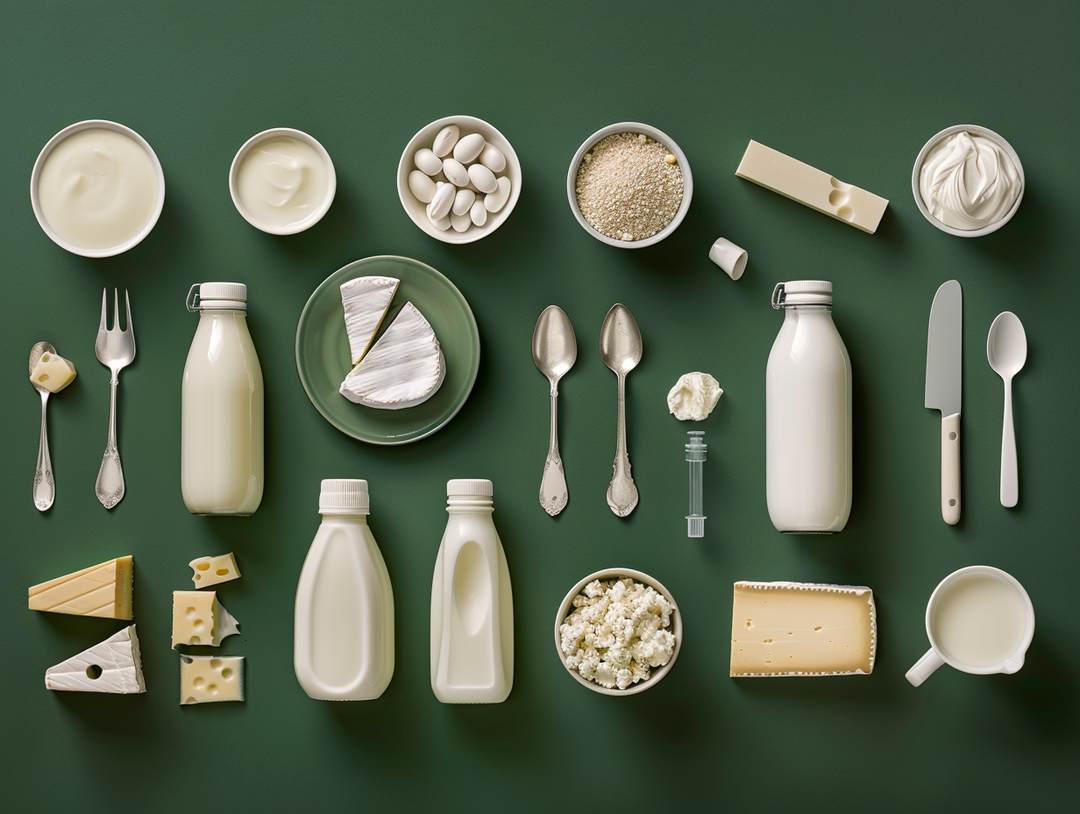
Whilst it is possible for the body to develop a sensitivity or intolerance to any food or drink item there are certainly those, which are very common.

Eggs are the produce of chickens and ducks. Most commonly it is chicken eggs, which are sold and used in processed products. Eggs can come in many forms, boiled, poached, fried, scrambled and omelette. They are also used in baking, mayonnaise, custard, mousse, margarine, meringue and ice cream. Eggs can be separated into egg white and egg yolk, sometimes only part of the egg is used.
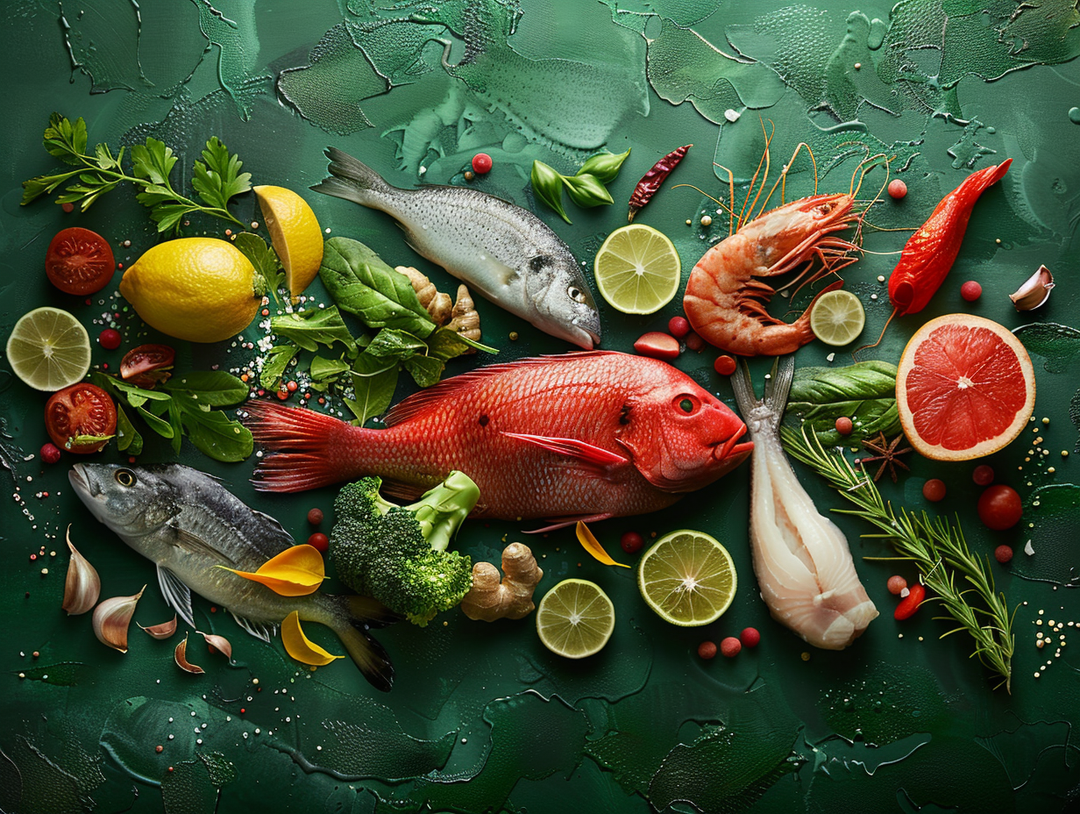
Fish intolerance can trigger symptoms like bloating, stomach cramps and headaches. Learn more about fish intolerance, fish allergies and the differences between them here.
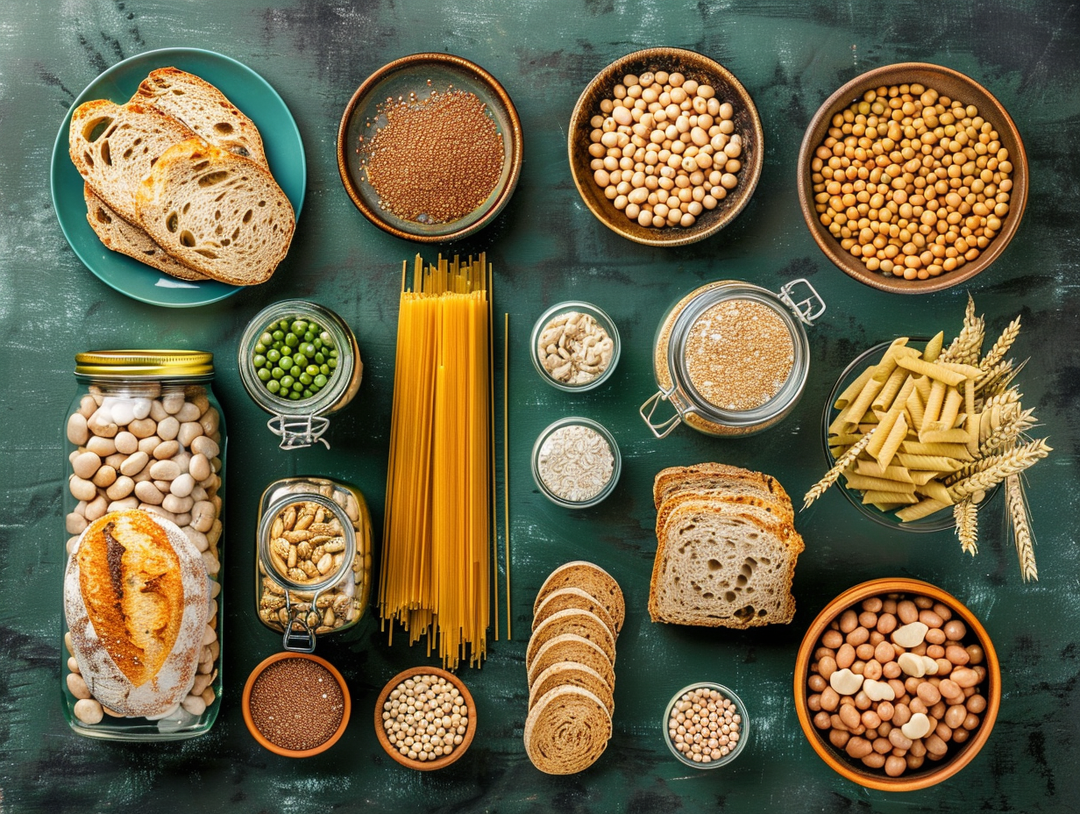
Gluten is the name given to a protein found in all wheat, rye, barley and oat products. It acts like a binder in food, giving it elasticity and a springy feel. It is found in all produce which uses wheat, rye, barley or oats such as bread and bread products, pasta, biscuits, crackers, cereal, muesli, cakes and pastries. It can also be found in beer, ale, lager, soups and processed products.

Do you difficulty digestiving food and drink containing lactose?

Whilst it is possible for the body to develop a sensitivity or intolerance to any food or drink item there are certainly those, which are very common.
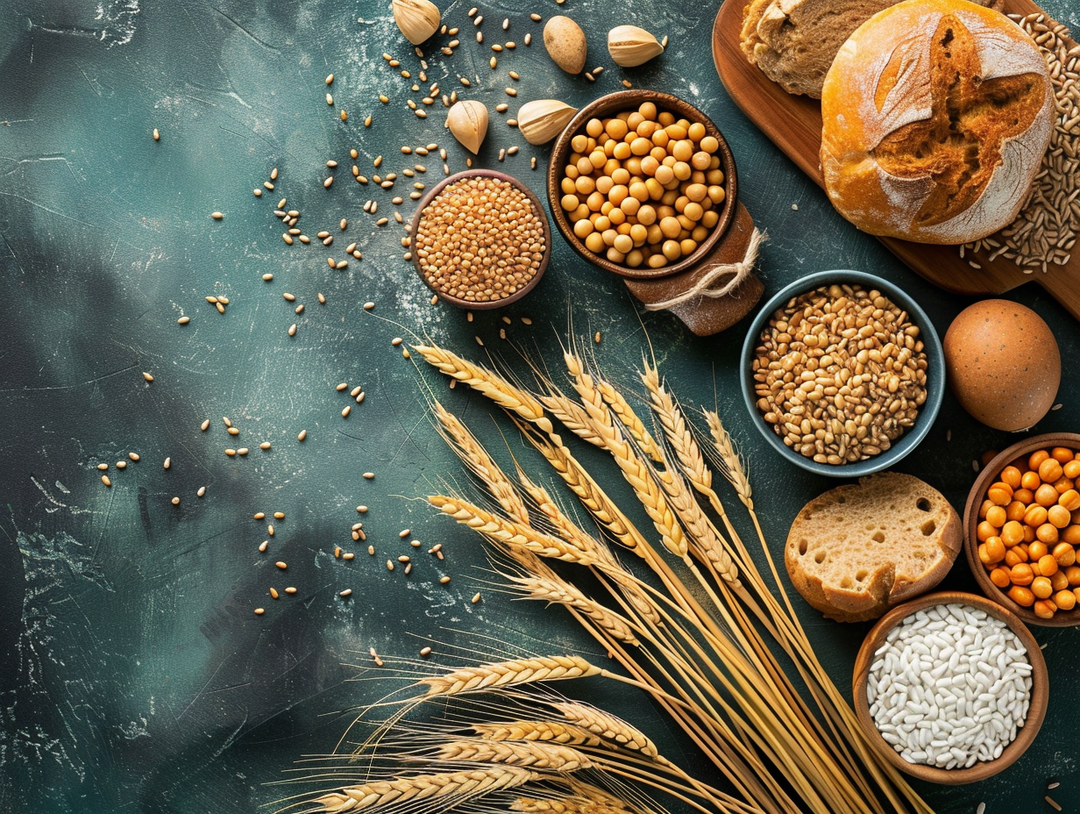
Wheat is found in items using wheat flour or the wheat grain itself such as bread and bread products, pasta, biscuits, crackers, cereal, cakes and pastry products. It is also often used as a thickener so can be found in soups, sauces, stews and processed meals. It can also be found in beer, ale and lager.
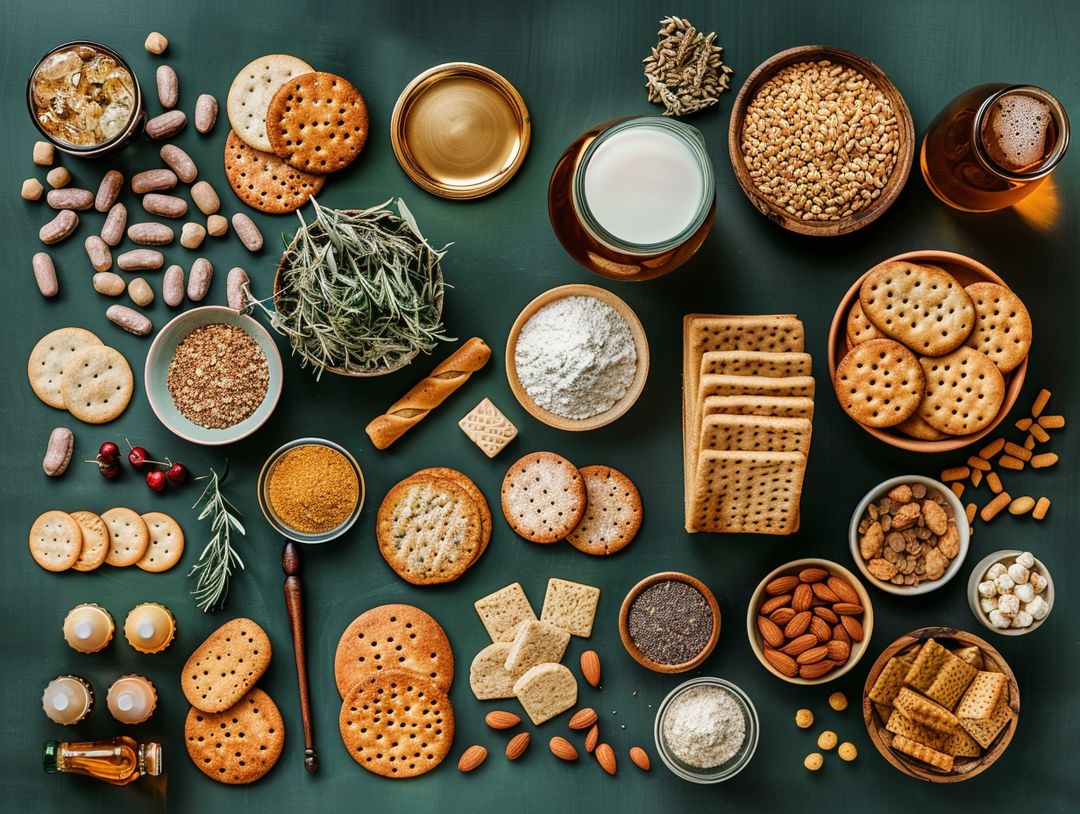
Yeast is a fungus, which feeds on sugars. It is used in the baking of products like bread. It may also be found in pastries, biscuits, crackers, cereals, stock cubes and alcohol, such as beer and cider.